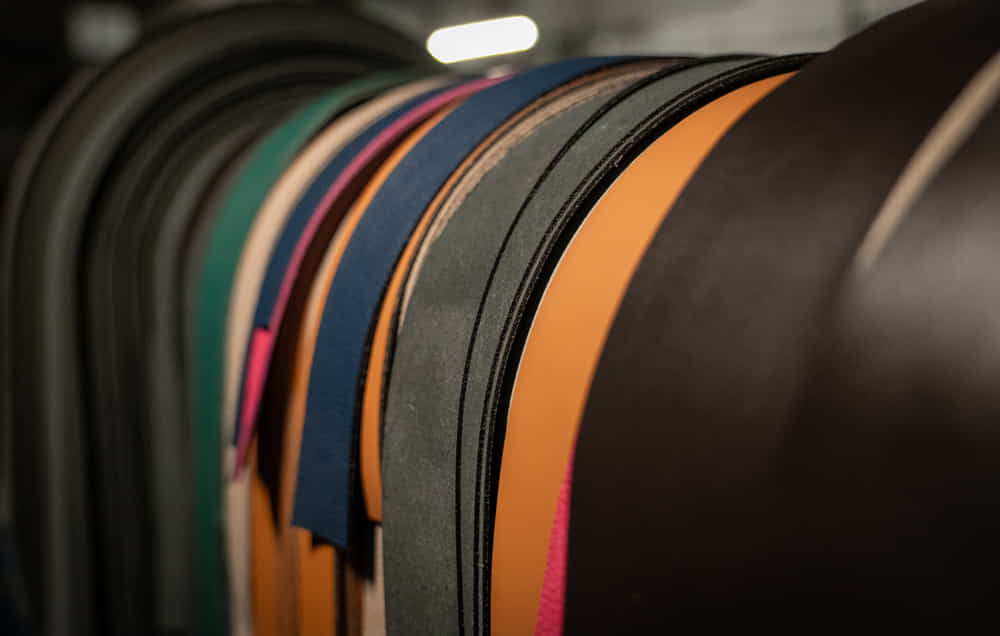Leather in Spain: tradition and craftsmanship
Leather is much more than just a material—it’s a part of Spain’s history, culture, and identity. From early workshops to today’s cutting-edge processes, leather craftsmanship has evolved while preserving a rich and unique tradition. But did you know that today, Spanish leather is not only a symbol of quality but also of innovation and sustainability? Discover how this ancient art is adapting to modern times, staying true to its roots while embracing a more eco-conscious and forward-thinking approach.
The origins of leather in Spain
The history of leather in Spain is as ancient as it is fascinating. Since prehistoric times, our ancestors used tanned hides to protect themselves from the cold, make tools, and even as a sign of social status. But it was with the arrival of the great Mediterranean civilizations—the Romans and Phoenicians—that the art of tanning began to refine and turn into a true tradition.
Later, under Muslim influence, Spain became a global reference in leather craftsmanship. Cities like Córdoba gained fame for their advanced tanning and embossing techniques, giving birth to the renowned “cordobán”—a fine, flexible leather that decorated palaces and temples across Europe. Since then, leather has been not just part of Spain’s history, but a defining feature of its artisanal identity.
The evolution of leather through history
Leather has been a key material throughout Spanish history, evolving from a basic necessity to a symbol of luxury and craftsmanship. In the Middle Ages, its use extended beyond clothing and protection, becoming essential in furniture-making, bookbinding, and even combat armor. During this time, tanners' guilds began to form, honing techniques that made Spanish leather some of the most sought-after in Europe.
With the Industrial Revolution, leather production modernized, moving from traditional workshops to mechanized factories. Yet Spain never lost its artisanal soul, and many traditional techniques are still alive today—especially in regions with strong Moorish heritage, such as Ubrique, Córdoba, and Toledo. Spanish leather has managed to strike a balance between tradition and innovation, adapting to trends without losing its essence.
Leather craftsmanship in Spain
Despite industrial production, leather craftsmanship in Spain is more vibrant than ever. Many workshops still work the leather by hand, using techniques like embossing, engraving, and natural dyeing. Thanks to this, Spanish leather products are not only durable and stylish, but also carry an authenticity that’s hard to find in mass production.
Today, Spanish leather artisans continue to evolve, embracing new trends and more sustainable techniques. Without a doubt, it’s a legacy that continues to make its mark on fashion, design, and Spanish culture.
The future of spanish leather craftsmanship: sustainability and innovation
The future of leather in Spain is being shaped by innovation and sustainability. As consumers demand more environmentally friendly products, leather artisans are integrating eco-materials, more natural tanning processes, and production techniques that minimize environmental impact. This approach not only preserves the tradition of craftsmanship but also ensures that Spanish leather remains a relevant and respected choice in the global market.

